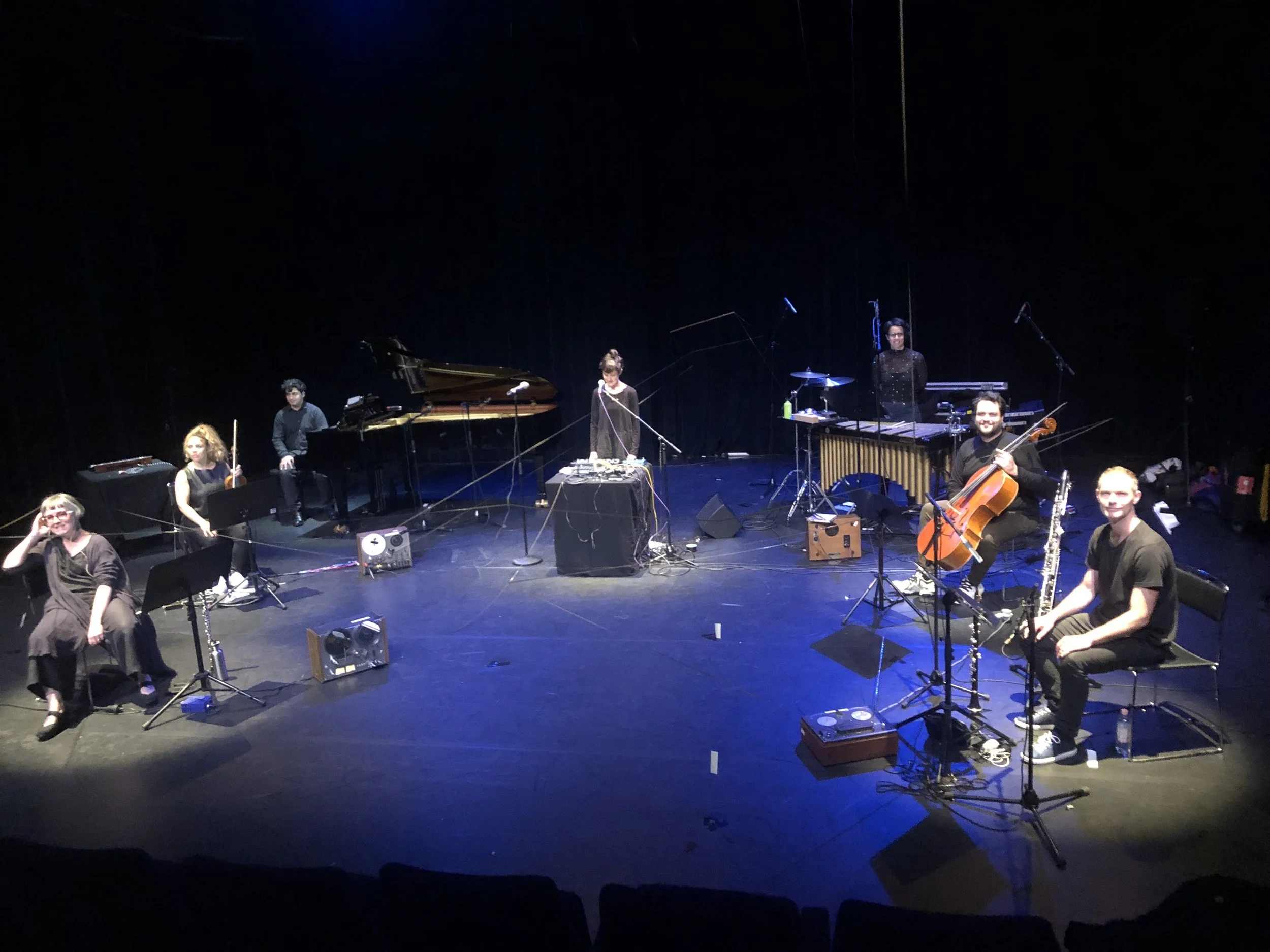Scenes from a Kabul recording studio post Taliban visit.
August 15th 2021: The news of the Taliban’s capture of Kabul in Afghanistan seemed so fast and to catch many of us unawares. Yet, there had been much talk in the media for the few months previously about getting Afghans out who had helped Australian troops in some capacity - so not such a surprise.
But now as we renew our parochial concerns with the Covid pandemic and American submarines, i worry that the plight of Afghanistan becomes a forgotten problem, and a distant memory. Already there are stories from around the country of Afghan girls not allowed to attend school, of musicians being killed, and a general sense of helplessness.
I first began my adventures in Kabul back in 2013, an invited guest teacher at the Winter Academy of the Afghanistan National Institute of Music (ANIM). I returned again in 2015, much more knowledgeable about what i could do to help the students there. What i found was a community proud of their musical heritage. Compare this to the Taliban reign in the 1990’s, when i heard stories of people losing ears, limbs and lives because they listened to a cassette in their car.
Under the leadership of Afghan/Australian musician Dr Ahmad Sarmast, ANIM was defiant, showcasing their music and culture to the world. It wasn’t without challenges though, for example the bombing at an ANIM concert where Dr Sarmast was injured and permanently lost hearing in one ear, not a great outcome for a musician.
I have kept in touch with some of the students from that time, mainly the boys, who are now young men. One now teaches clarinet at ANIM. Their news from Kabul has never been more alarming. A Taliban visit to a recording studio in Kabul didn’t go down so well. They were clearly not impressed with the grand piano! One of my students had previously recorded an album there, and was devastated by the senseless destruction.
News from the school itself is equally depressing, seemingly under Taliban control. Most instruments are normally kept at the school, many donated from individuals and institutions around the world. As a result the students have no access to them, for some, not a bad thing at a time when many would be hiding their involvement with the school. I fondly remember climbing the stairs to the musical storeroom, fiercely guarded, even a single clarinet reed had to be signed out. I shudder to imagine what has happened to the instruments now.
Another promising clarinet student had already left the country, escaping to Tajikistan. I imagine a hopeful stepping stone in the journey to escape to the West. And what of the clarinet teacher i worked with in the school six years ago? Ustad Shefta was inspiring, more than just a music teacher. He had already escaped the Taliban two decades ago, but to do that again?
Pictured with esteemed teacher Shefta, clarinet teacher at ANIM
Equally alarming is the fate of other musicians outside Kabul. I have regular contact with a musician from Herat who is now living in the streets of Kabul. He left the music school in Herat, unable to access his instruments, fearful of returning to collect them.
So what can we do? It is not just the situation of these music students that alarms me. The temporary Afghani visa holders here in Australia are in limbo. Many are persecuted Hazaras, who surely cannot see any future back in their country under Taliban rule. The number of Afghans who got flights out of Kabul was meagre to say the least, Australia needs to take more humanitarian refugees. The rescuing of the Afghan Paralympians was amazing, but it does make me wonder why we can’t do this for the musical community too.
Dr Sarmast continues to show leadership from outside Afghanistan. If we could only take a few more music students in our national institutions too. Certainly other countries are taking much more action in this area.
Please consider making a donation to Cultures in Harmony, which raises money directly to pay for expenses relating to getting these musicians out. It is led by American violinist William Harvey, who was a long term staff member of ANIM, and a colleague when i taught there. At present there are more than 300 Afghan musicians on his list who need help. He has already successfully enabled some musicians out of the country to better futures, and to imagine playing music without fear of retribution.
Let's do our bit to preserve the musical heritage in Afghanistan, It would be very cruel to leave them to fend for themselves. At the very least, we need to show the Afghan musical community we are in solidarity, and continue to fight for their human right to make music.














